I see that word is already getting out about the origin of 'Viridiflora', the Green Rose. Perhaps it would be of interest for me to tell you how I discovered this information.
I am in the midst of preparing a new edition of my book "Roll-Call: The Old Rose Breeder," and came to the entry on Bambridge & Harrison. "Who the heck," quoth I, "were Bambridge & Harrison?", and began to scratch about materials for information. This proving fruitless or at least not very interesting, I decided to focus not on those worthies, but rather on the rose itself. Ah! This bore fruit (unlike the rose itself)!
First I came across several interesting items, and reported them as follows:
"Though 'known' since about 1833, the green rose 'Viridiflora' has usually if not always been attributed to Bambridge & Harrison, 1855, evidently because their exhibiting it in that year somehow caught the fancy of the general public. However, Thomas Affleck of Mississippi offered it for sale in 1854, which is the first *commercial* mention of it I've found; and so we can divest Bambridge & Harrison of the attribution, and replace them not with Affleck, I think, but rather with the vague but familiar 'Br. unk.,' as my works have it for breeders/introducers unknown, as I doubt that Affleck was indeed the very first person to sell 'Viridiflora', as we see [in source materials I don't repeat here] that it was, at least in 1857, 'by no means rare in Louisiana, nor has it been for years,' the 'years' presumably extending to before 1854. North Carolina, Mississippi, Louisiana--it seems to have spread quite well across the South early on. I have also run across some data which perhaps brings us a little closer to the 'original origin' of 'Viridiflora'. It seems to have first occurred in Bladen County, North Carolina, early finding its way to Wilmington in the neighboring New Hanover County, North Carolina, when someone planted a "daily rose" (most probably the Common China, alias 'Old Blush' or 'Parsons' Pink') in a hole where a Sumac had been removed. (See below for various bits of source material which I found of interest; one source is under the impression that it arose from seed from the 'Daily Rose'.) [...]"
These pieces of information seemed to promise that there was further data out there. I scratched a little further, Googling here, Googling there, scratching hither, thither, and, now and then, yon, until, bingo!:
From *The Home Circle* periodical of the Methodist Episcopal Church, South, Vol. 3, pp. 316-317, Nashville, Tennessee (1857): "A Green Rose. The following history of this singular flower was published some time ago in the Fayetteville Carolinian. The account seems to be authentic, but it is a little singular that the rose has not yet become somewhat common. Its singularity, if nothing else, should bring it into great request. Do any of our flower-loving readers know any thing of it? We should be glad to hear something more upon the subject. The Carolinian says: `This rose presents quite a phenomenon in the history of roses, and as its existence has been doubted by many who have not seen it, perhaps it would be acceptable to give its origin. It was originally a daily red rose, and was set out in the garden of Mr. James Smith, (who is now dead,) between the years 1806 and 1808. About the year 1827, a Venetian Sumach was planted from three to five feet distant from the cluster of red roses, and during that, or the next year, one of the stalks ceased bearing the red, and commenced bearing the green roses; and has so continued to the present time. Not long after this it was necessary to extirpate the sumach entirely, inasmuch as it was putting up sprouts in every direction, and becoming ruinous to the gardens; but this removal of the sumach produced no change in the bearing of the green rose. This, however, was merely an opinion which he assigned, because it appeared the most reasonable mode of accounting for its production. This rose has been twice removed from its place, and without producing any injury. The original rose-bush is still alive and flourishing, and may be seen at the residence of John Smith, Esq., in the county of Bladen, North Carolina.'"
Then, pp. 503-504: "The Green Rose Again. We are in receipt of a pleasant note from the Rev. W.J.E. Fripp, enclosing two beautiful specimens of the green rose, of which mention was made in a late number of the Circle. A sweet little girl of this city brought us one in a bouquet, the other day. We are not at all surprised to find that it has no petals. The flower seems to be composed of a bunch of small leaves, or of a highly multiplied calyx; but it is a great curiosity. The note is as follows: "Bennettsville, S.C., June 23, 1857. Mr. Editor:'Permit your humble correspondent to present you a veritable green rose, which is sent you, supposing that, as you did not appear to speak of it from observation, in a late issue of the Home Circle, you had not seen one, perhaps. It was given me for this purpose, by one of your fair readers. I only fulfill my trust, and regret that I could not do so sooner. It was culled seven days ago, though it seems now to have lost little of its greenness. This lady, who learned it from a granddaughter, I think, of Mrs. Smith, the possessor of the first of this variety, informed me that the original bush was planted not, as your exchange has it, near the Venetian sumac, but on the spot whence it had been removed; so that it is possible some of the severed roots still remaining may have united with cut parts of the roots of the former. This view, the failure of like experiments of which I have heard, seems to favor. Only the other day, I saw a Venetian sumac, with which a rose-bush had grown in contact for years, without being affected by it. I have heard of one being changed to green by being constantly watered with the expressed juice of our common wild sumac, though not permanently, perhaps. But I must close, Mr. Editor, as I did not intend to write a "communication," but only to convey to you this pretty token that you have fair friends here who appreciate you. I am yours respectfully, W.J.W. Fripp."
This seems to validate the earlier anecdotes. Among the many interesting points is that it's evidently not 'Old Blush'/'Parsons' Pink' which is the parent, but rather 'Slater's Crimson' or one of its close congeners. We might note that the editor doesn't seem to realize that it *had* become common across the South.
This may be a case where we should set the attribution at the variety's origin rather than its first known commercial offering, particularly because it seems at first to have achieved distribution through the "pass-along" methodology rather than via commercial offering.
Therefore I propose:
'Viridiflora' (Smith of Bladen County, circa 1827) China Syn. 'Green Rose'. Spt. 'Slater's Crimson China' (Ch) or similar.
Best Wishes,
--BCD

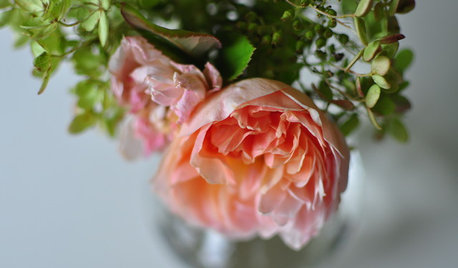


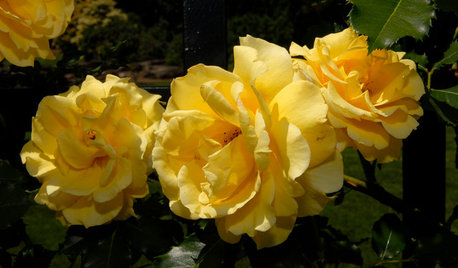
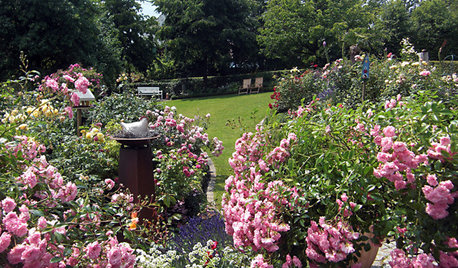


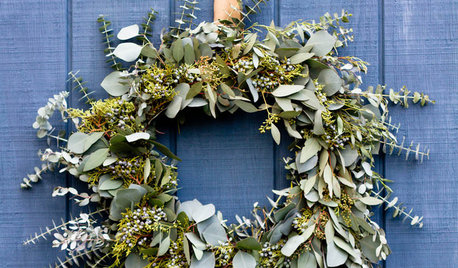





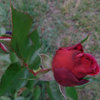

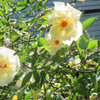
cath41
ilovemyroses
Related Discussions
Long thin Pointy woody green pod/no pic yet/ camera malfunction
Q
green wood deck preservative - how long will it be green?
Q
Rose bottom is bushy and full of roses and canes long, should I prune?
Q
Rose leaves green but look like curling
Q
odinthorOriginal Author
User
seil zone 6b MI
catsrose
caflowerluver
User
anntn6b
erasmus_gw